Canadian baby boomers at risk of Hepatitis C
On July 28 people around the world will acknowledge World Hepatitis Day in an effort to raise awareness about viral hepatitis and the global effort to eliminate it. The Covid‐19 pandemic has demonstrated the importance of working together internationally to confront public health challenges.
Canada is one of 194 countries to have signed on to the World Health Organization’s Global Health Sector Strategy on Viral Hepatitis and is ithat goal. Hepatitis affects the liver – the giant organ that preforms more than 500 functions including providing the body with energy, fighting off infections and toxins, helping clot the blood, regulating hormones, and much more. There are five different types of Hepatitis (A through E) but only A, B, and C are common in Canada.
Be Proactive
Chronic Hepatitis B and C are “silent” diseases because often no symptoms appear until the liver is severely damaged. An estimated 170 million individuals worldwide, including an estimated 250,000 in Canada, are infected with Hepatitis C.
In order to eliminate Hepatitis C as a public health threat by 2030, some 10,000 Canadians living with Hepatitis C must be treated each year. But to treat them, they have to be found first. Testing for Hepatitis C is as simple as a blood test.
Candice Nelson of SIGN Positive Impact points out that 2018 data from the Canadian Association for the Study of the Liver indicates half or more of those infected by Hepatitis C are unaware of their situation. A key recommendation is for people to be tested based on their age, not just their possible risk factors. Two‐thirds to three‐quarters of Canadians with Hepatitis C were born between 1945 and 1975.
“This is about being proactive in taking care of our own health. As we age, we begin to have additional items added to our routine check‐ups: blood pressure, cholesterol, colonoscopy or mammogram. So too should we request adding a hepatitis screen to our routine blood work simply due to our date of birth.”
Prior to Covid‐19, she notes, the biggest scare for most might have been cancer, and if such a diagnosis was made, we wanted to catch it early.
“The same is true for hepatitis. Routine screening can catch it early before permanent damage causes cirrhosis, liver cancer, or death.”
About Hepatitis:
Hepatitis A
- Spread through consuming contaminate food or water;
- Often called “traveller’s disease” because 40 per cent of reported cases occur in travellers;
- Vaccine is available;
- There is no treatment, but people often recover on their own. Recovery means you are protected for life.
Hepatitis B
- Spread through body fluids; · Exposure risks include tattoos, piercings, pedicures, manicures or medical procedures with improperly sterilized equipment, sharing personal hygiene items with an infected person (e.g. razors, toothbrushes, nail clippers) or providing emergency first aid in which you come in contact with blood or other body fluids;
- Vaccine is available;
- There is no cure for hepatitis B, but there are treatments to control the virus and prevent further damage to the liver.
Hepatitis C
- Spread through blood;
- Exposure risks include getting tattoos, piercings, pedicures, manicures or medical procedures with improperly sterilized equipment, sharing personal hygiene items with an infected person (e.g. razors, toothbrushes, nail clippers) or having had a blood transfusion or received blood products prior to July 1990;
- 25 per cent of people will clear the virus on his or her own. New treatments are very effective and can achieve cure rates of over 90 per cent;
- There is no vaccine;
- Those who have had it can be re‐infected.
SIGN Positive Impact is helping to reach the goal of eliminating Hepatitis C as a public health threat by sharing information with the general public and helping marginalized people deal with barriers which are prohibiting them from connecting with care.

